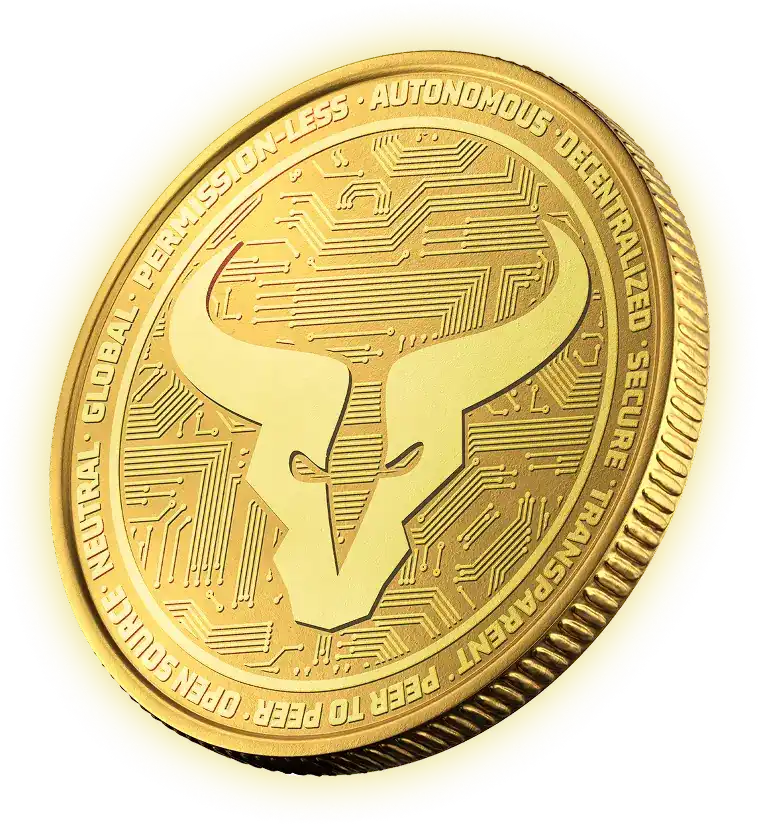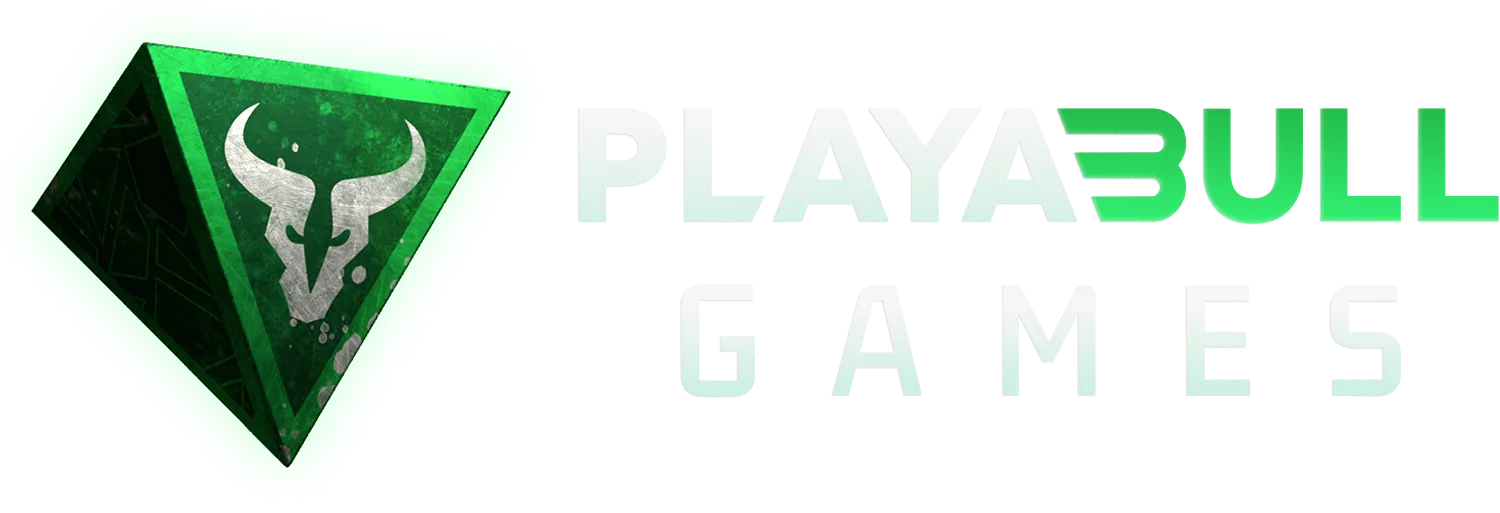


TIM
28 FEB 2025
Building a Web3 gaming platform: the blueprint for success
Web3 development brings a revolutionary shift in the gaming industry, empowering players with ownership, control, and the opportunity for financial reward. In this blog, we examine the core reasons driving this paradigm shift, examining the transition from traditional Web2 models to Web3 gaming platforms like those we are building here at PLAYA3ULL GAMES. We also discuss balancing play-to-earn mechanics and navigating regulatory uncertainty, highlighting the path towards realising this exciting new gaming era's full potential.
Game on!
Understanding the reasons for Web3 Gaming and PLAYA3ULL GAMES
Web3 gaming platforms leverage blockchain technology to empower players. This decentralisation allows players to truly own their in-game items, represented as Non-Fungible Tokens (NFTs), which can be used across different games and virtual worlds, helping to foster the concept of interoperability.
A key driver for Web3 gaming's rise is the play-to-earn (P2E) model. This innovative approach allows players to generate real-world value through gameplay, transforming gaming from a hobby into a potential source of income. By participating in the game's ecosystem, players can earn cryptocurrencies or NFTs, which can then be traded or sold. Games like NEXUS give out 2.1 million 3ULL coins weekly to the players.
Smart Contracts are self-executing agreements written in code that automate in-game processes and lead to enhanced levels of trust and fairness. This transparency fosters a more equitable and engaging gaming environment. While challenges still remain (scalability and user adoption being some of the largest), the potential for Web3 technology to revolutionise the gaming industry is undeniable.
Key Features Every Web3 Gaming Platform Needs
The potential of Web3 gaming hinges on the delivery of engaging experiences that transcend tokenisation and P2E opportunities. Fun and compelling gameplay will always remain paramount to any committed gamer. Web3 elements should enhance the core experience, focusing on memorable moments and satisfying progression.
A sustainable in-game economy is crucial for longevity. Platforms must balance asset creation and consumption while preventing inflation and immediate selling. This isn’t going to be easy. Regular monitoring and adjustment are key, along with ‘sink mechanisms’ that remove assets from circulation.
Innovative gameplay mechanics that leverage blockchain technology are essential for Web3 gaming success. Beyond tokenising assets, platforms should explore decentralised world-building, provable randomness for fair systems, and dynamic narratives driven by player actions.
Seamless onboarding is also vital for mainstream adoption. Intuitive tutorials, smooth wallet creation, and the abstraction of complex crypto elements are crucial for a positive first-time user experience.
As we all know, a thriving community is the backbone of any successful platform. Social features, regular events, clear communication channels, and user feedback systems help foster greater levels of engagement and trust. This is why our Supporta3ULLS Discord community does a great job helping all players with issues or queries.
Designing incentive systems for users
Effective incentive design is crucial for driving user behaviour within the Web3 gaming platform. At its core, it leverages the principle that rewards and encourages specific actions. Effective incentive systems align user motivations with project goals, helping to foster increased levels of growth and user engagement. It is generally accepted that a well-designed system should incentivise positive contributions and discourage negative actions.
The first step in incentive design is the identification of desired behaviours, such as holding tokens, participating in governance, or contributing to platform development. Incentives can then be structured to reward these actions, while penalties can deter undesirable behaviour.
Financial rewards, access to exclusive resources, or even recognition can all serve as effective motivators. The overall tokenomics of the Web3 gaming platform, including supply, demand, and value, should also be carefully considered. Creating network effects, such as rewarding early adopters, can further boost user participation.
A number of innovative incentive mechanisms currently exist. With new concepts being added everyday, P2E gamers can choose from learn-to-earn, move-to-earn, play-to-own, play-to-earn, rent-to-earn, travel-to-earn, share-to-earn, and wellness-to-earn.
As you can see, each mechanism caters to different user motivations, from acquiring knowledge to achieving fitness goals.
Ignoring incentives can be detrimental and lead to low user participation, lack of motivation, and potential security risks. Therefore, a balanced approach that combines compelling incentives with a valuable product or service is key to long-term success.
Overcoming Challenges in Web3 Game Development
Web3 gaming faces a complex set of challenges. Whilst balancing ‘play’ and ‘earn’ remains paramount, games must be engaging and fun and not solely focused on financial rewards. Striking this balance is crucial for long-term player retention.
User experience is another major hurdle. Onboarding must be simplified, making wallet connections and account setup. Understanding blockchain mechanics is intuitive for ‘non-crypto’ players. It goes without saying that seamless fiat on/off-ramps are essential for mainstream adoption, allowing players to easily convert traditional currency to cryptocurrency and vice-versa.
The shift towards player ownership requires careful design to align incentives between developers and players. This can be achieved through revenue-sharing models, player-owned governance systems, or decentralised autonomous organisations (DAOs). Economic sustainability is also critical, requiring balanced tokenomics, controlled inflation, and mechanisms to maintain asset value.
Developers must shift focus from pre-sale NFTs to creating high-quality gameplay experiences. Building and nurturing active communities is also vital for success. This involves fostering open communication, incorporating player feedback, and creating a sense of shared ownership among Web3 gamers.
Improved blockchain scalability is also needed to handle increased transaction volumes and ensure smooth gameplay. PLAYA3ULL GAMES has custom-built a blockchain that caters specifically for Web3 video games and the scalability required for success. Enhanced graphics, VR/AR integration, and metaverse development will all help create more immersive experiences, pushing the boundaries of game design.
Web3 gaming represents more than a technological upgrade; it fundamentally changes the relationship between players and games. While challenges like scalability and user adoption remain, the core principles of ownership, transparency, and community-driven development offer a compelling vision for the future of interactive entertainment.
By blurring the lines between entertainment and active participation in a dynamic digital world, Web3 gaming platforms like PLAYA3ULL GAMES are forever changing the world's most popular pastime.
Until next time, gamers - GG Well Played!
Want to experience the thrill of a NEXUS with others? The third-person MOBA is free to play now on the Epic Games Store. Download it here.

Connect with PLAYA3ULL players on our Discord & subscribe for updates, and news.
Get Updates. Stay Informed.
Waiting for input...




$0.000214
-22.18%

5000+ Trees Planted



